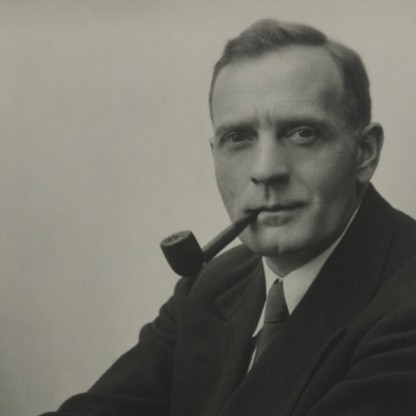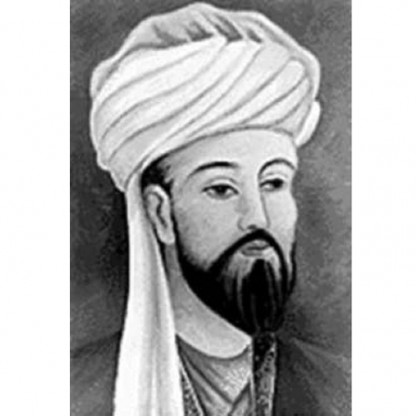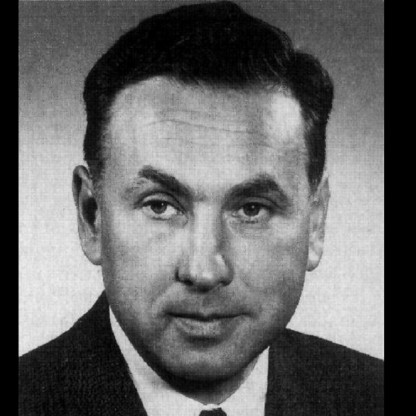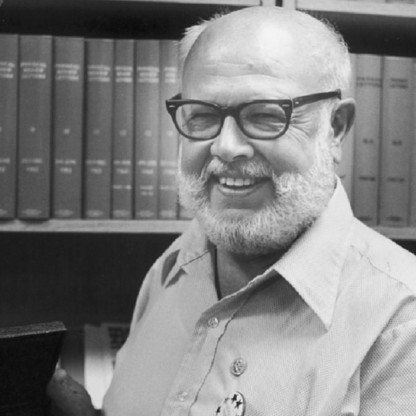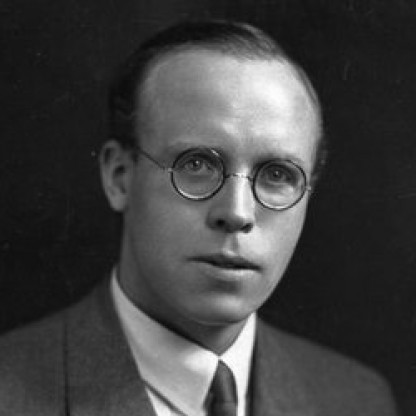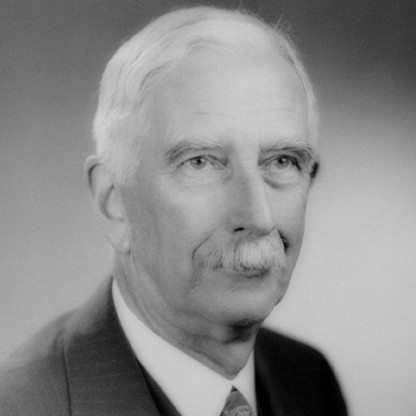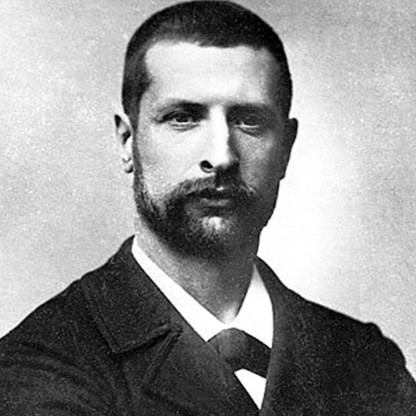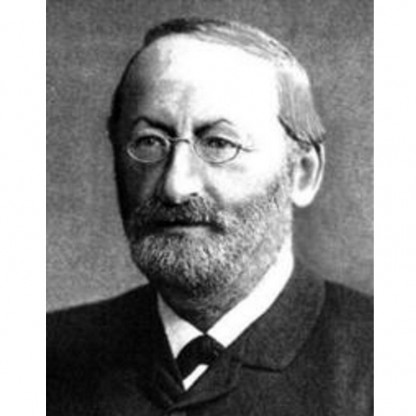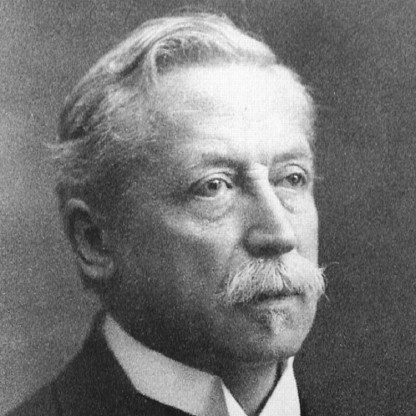In 2003, Ignarro published a study based on ingredients found in Niteworks in the Proceedings of the National Academy of Sciences, where, as a member of the National Academy of Sciences, he can submit papers without review and without disclosing his financial interest to the publication. After Ignarro's ties to Herbalife were revealed, the journal issued a correction to the article, citing Ignarro's undisclosed "conflict of interest." UCLA conducted its own investigation and determined that Ignarro did not act improperly. Ignarro has publicly acknowledged the conflict of interest as a mistake and has continued to publish extensively on the subject of nitric oxide.

